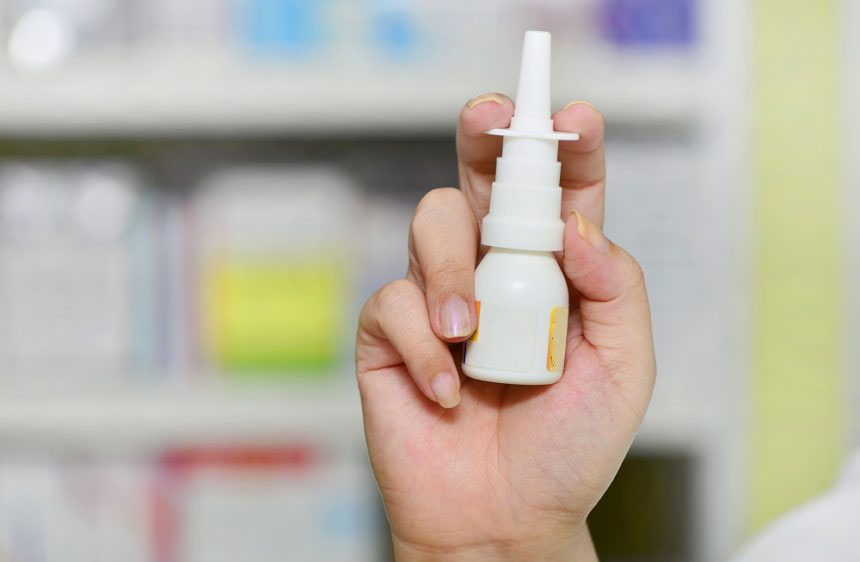
Esketamine and Generic Ketamine (which contains Esketamine) can be used to treat depression. But what’s the difference between them? And how do you know which is best for you? We break down the primary similarities and differences between Ketamine and Esketamine in the list below.
Similarities & Differences Between Esketamine & Ketamine
1. Potency. Generic ketamine can be titrated to whatever potency we want. Esketamine only comes in 2 doses and generally does not produce the same level of dissociation as generic ketamine when doses are escalated.
2. Ideal Patients & Insurance. Indications are similar between patients. Insurance can vary; some insurance companies are covering generic ketamine infusions for depression now that esketamine has been FDA approved for depression because it is so much more expensive than generic Ketamine.
3. Number of treatments: Ketamine infusions usually require 6x 1-hour infusions within 2-3 weeks to start, then 1 treatment every 3-6 weeks thereafter. Esketamine protocol as directed by the distributor/manufacturer involves 2 visits per week for one month, each visit encompassing 2 hours, then 1 visit per week for 1 month, then 1 visit every 1 to 2 weeks thereafter.
4. Medical Applications. Generic ketamine has been used to treat many illnesses including chronic pain, depression, anxiety, PTSD, PMDD, and other conditions. Esketamine is only indicated for treatment of refractory depression.
5. Depression Applications. Ketamine and Esketamine are treatments for Treatment-Resistant Depression. TRD is defined as depression that has not clinically responded to two or more applications of antidepressant medications. It is labeled as an augmenting agent, thus requiring the patient to already be on an antidepressant and to continue the antidepressant. On the other hand, Ketamine can be used even if someone is not on an antidepressant.
6. Clinical vs. Recreational Use. Both Ketamine and Esketamine are medications prescribed by a medical professional. Generic Ketamine was developed many decades ago as a battlefield pain relieving medication. Over that long timeframe its use expanded to anesthesia, recreational abuse, and eventually psychiatric illness.
Despite its reputation as a recreational substance, abuse of Ketamine in the setting of infusions is extremely rare to non-existent because the infusions are regulated by a medical professional. Stopping Ketamine does not cause withdrawal symptoms so it can be stopped at any time.
Ketamine is a “chiral” molecule meaning it has a “right-handed” version, and a “left-handed” version. Esketamine is just the left-handed version of ketamine. It is very new to the market and very expensive due to being on patent. Its only current use is augmentation for treatment refractory depression.
If you’ve been reading about Esketamine and are interested in learning more, contact our office today.






